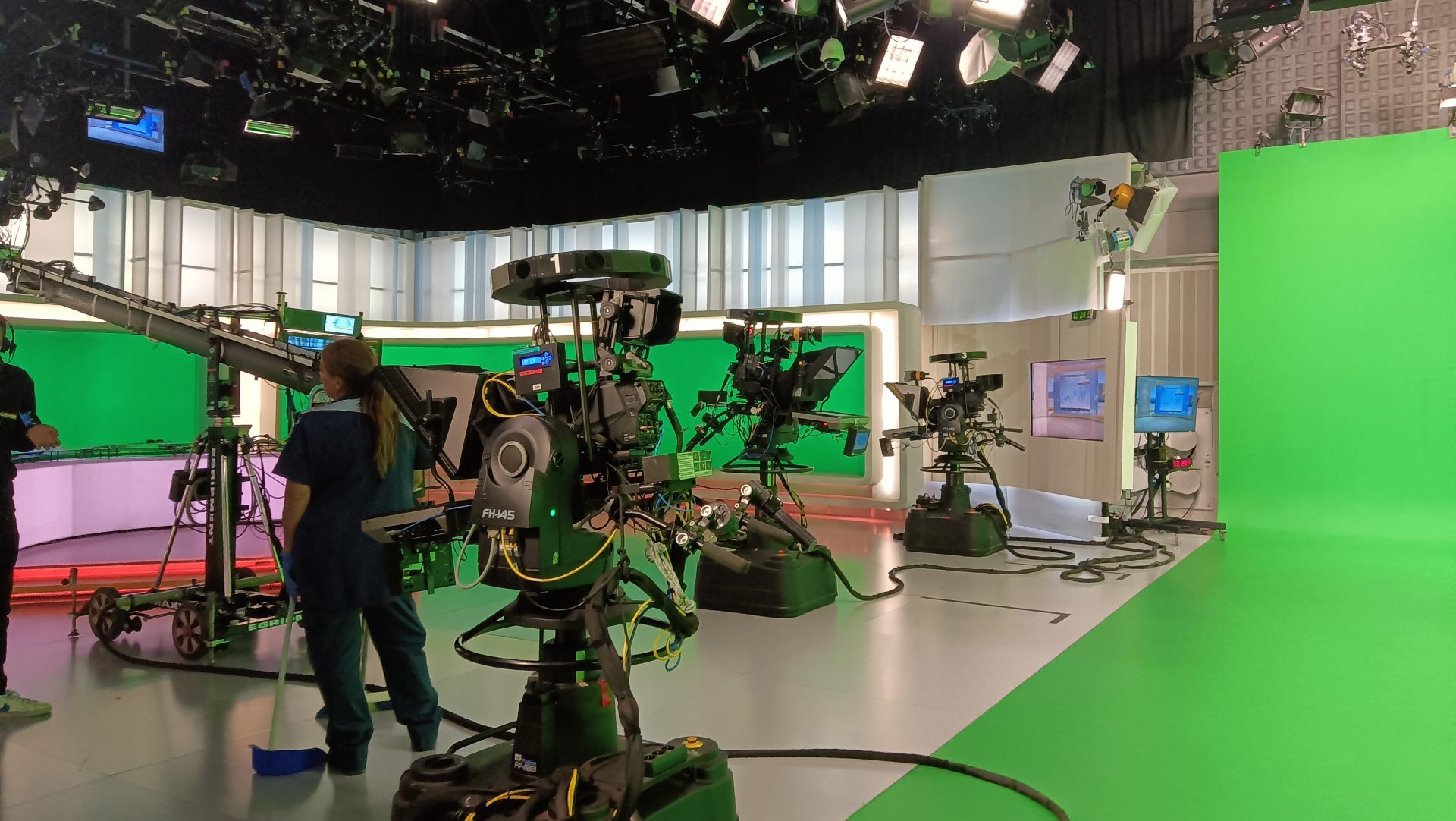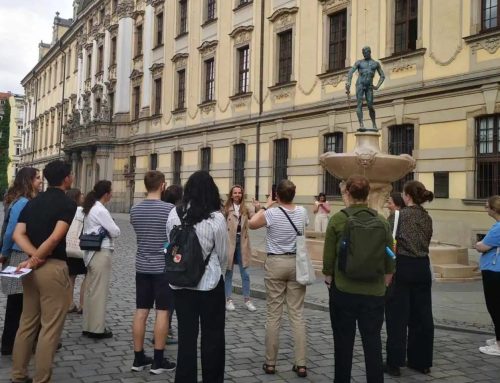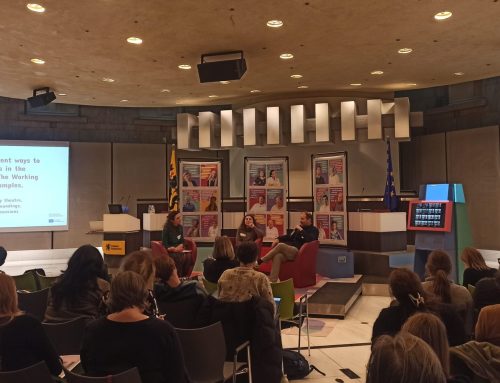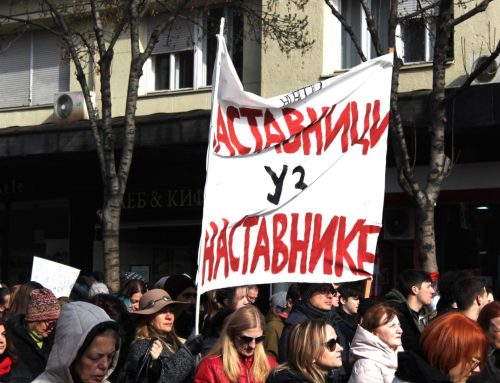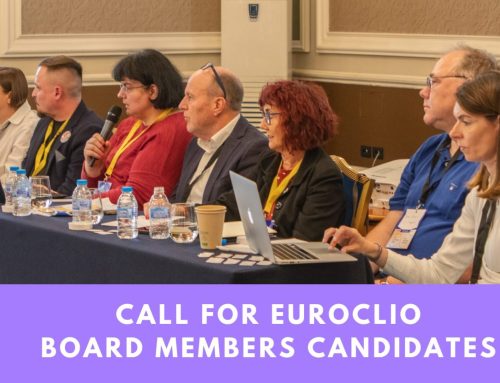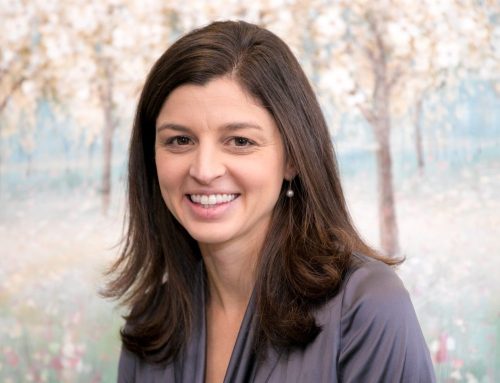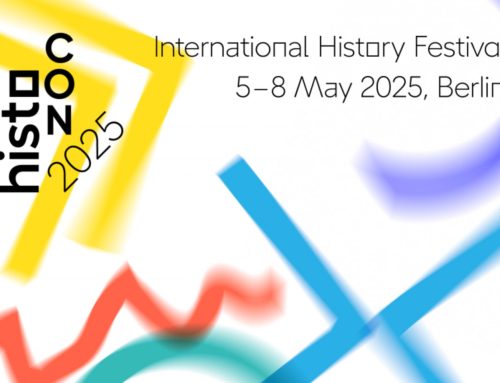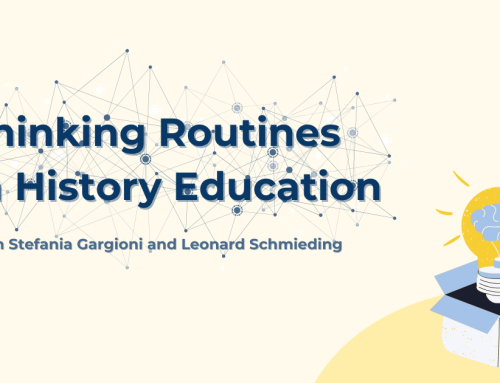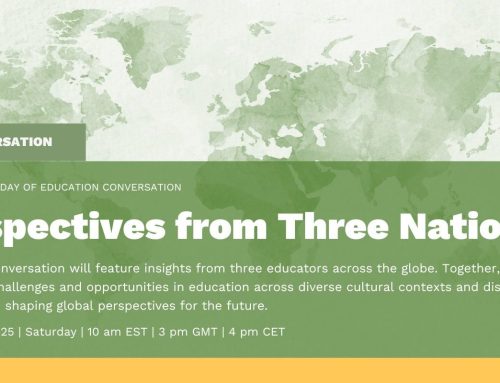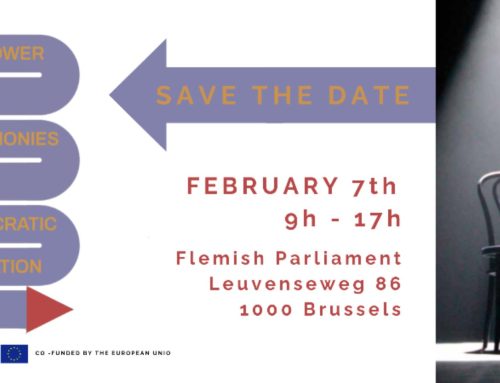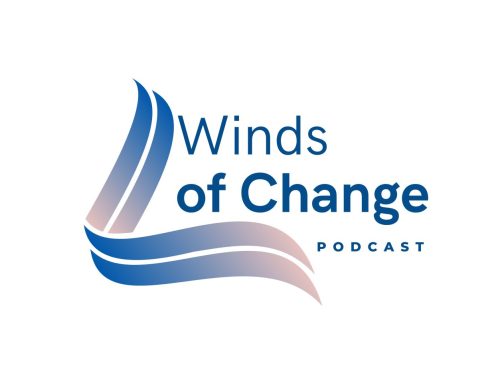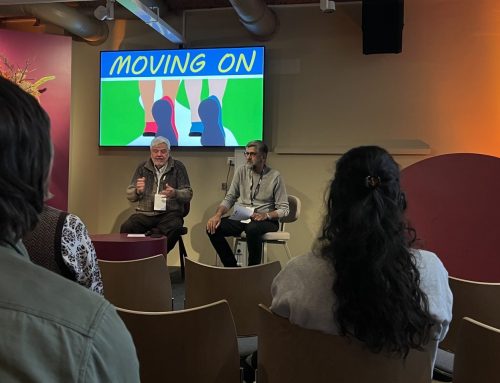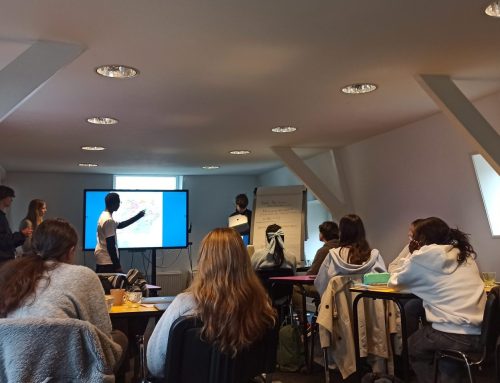Watching Videos like a Historian aims to equip young people with the critical thinking skills needed to navigate the digital age and engage with media responsibly. By focusing on audiovisual sources—widely consumed and impactful in today’s world—the project helps students develop media literacy, evaluate sources, and assess information’s trustworthiness, especially in the context of history and citizenship education.
Lauriane Borsaline Rotté: For this project meeting of Watching Videos like a Historian in Barcelona, I am accompanied by Natalia Cetera, the head of Open Culture Studio at Centrum Cyfrowe Foundation based in Warsaw, Poland. As well as Anne Bothmer, who works for the Research and Heritage Department at the Institute for Sound and Vision in Hilversum, the Netherlands, and Montse Bailac from TV3, the primary television channel of Catalan public broadcaster Televisió de Catalunya.
Why did you join the Watching Videos like a Historian project?
Montse Bailac: Our company has always been interested in and committed to collaborating with the education sector, making its archive content available to teachers for use in the classroom.
Natalia Cetera: My organisation mainly focuses on projects and advocacy for open culture and education. In terms of open education, we did a few international projects and some local projects that developed open educational materials for teachers and educators, advocating for the use of various materials from the cultural sector or audiovisual sector.
We work in an intersectional field with cultural institutions, schools, and other educational institutions. We meet them and work together to give the students more variety in materials they can use to learn so they see that everything is connected. There are many intersections between sectors of culture, education, and the media, students must learn how to use various materials and be critical of them because it is a decisive competence for the future.
When it comes to critical thinking, observing text and audio-visual materials, what people used to say, and how they used to live… we think that it’s one of the crucial competencies people should gain not to be fooled. At the same time, Centrum Cyfrowe is observing the impact of technology on different groups.
Anne Bothmer: What we really liked about this project is that it addresses history education from a media literacy point of view. For example, there are a lot of media literacy materials for history teachers. However, at least in the Netherlands, many teachers struggle to find the time or practical guidance to effectively integrate media literacy and citizenship education into the existing curriculum. With this project and the Toolkit, there is a way to implement the media literacy aspects into your history class, using archival audiovisual materials. It’s a good combination!
Lauriane: What is the relevance of this project in the broader context of your institutions?
Natalia: Centrum Cyfrowe engages in projects to advocate and showcase that it is essential to teach critical thinking and watch the impact of technology closely. We are absolutely in for technology, and we believe that it has the potential to change different spheres of our lives for the better. Still, it should be done responsibly.
We also promote the use of public domain materials and materials cleared of licensing to put on cultural institutions’ websites for other people to use. As I mentioned earlier, Centrum Cyfrowe is watching closely the impact of technology on different groups. We see how many elderly people are complaining about being caught up in fake news, and disinformation, but also scams on the internet. For us, it is all connected. You need to learn as young as you can how to distinguish good and bad sources to avoid being taken advantage off in the future.
Montse: The project is not directly relevant to our company’s core activities, which are broadcasting and distributing audiovisual content. However, we have recently launched a channel on the educational content platform – an additional resource to offer the education sector, and this project is going one step further.
Anne: At Sound and Vision, there are four pillars on which our work is focused, one of which is to take care of the archive and keep it alive. Media literacy is also a key focus at the Institute because various forms of media constantly surround us, and we see it as our responsibility to guide people through this media landscape. The Watching Videos Like a Historian project contributes to both by reusing parts of our archive to foster media literacy in classrooms.
Natalia: I would add that Centrum Cyfrowe cooperates closely with Sound and Vision on other media literacy projects to emphasise this competence to journalism students and different target groups (MediaNumeric).
Lauriane: Well, that sounds promising for the teaching of media literacy! And why do you think teachers should make their students work with videos? What does it bring to the classroom?
Montse: Young people today are very visual. They consume a lot of images, and it is their natural language. Anything we can teach through images will be more effective; videos capture their attention more effectively than text-based materials. Visual storytelling helps students retain information longer and grasp complex concepts more quickly. Lessons are more inclusive this way.
Natalia: Yes, children and students now live in the visual and video world, with Instagram, TikTok, and YouTube, so videos are an integral part of their lives. On this basic level, it makes it interesting to gain knowledge through videos. It is something that catches their attention, and it becomes an easy way of teaching them how to distinguish what not to consume without thinking of what they are watching.
Anne: I agree, that it is a crucial skill, especially nowadays, if you see what kind of media we consume daily.
Natalia: As I mentioned, I think it is all connected. Right now, they are young and inexperienced, but they will be the old people. Elderly people in Poland complain about being scammed on the internet, the same happens in the Netherlands. So the sooner we teach them how to avoid different kinds of media manipulations, the more resilient they will be when they get old.
Anne: When watching those videos, we also want them to understand that material is created for a specific purpose. Visual media have a great impact, and by understanding the production behind them, we can become more critical and aware consumers. After all, the things you read and see influence the conversations you have with others and the decisions you make in your life. So, that is an important aspect of using the archive for visual materials. And it is more fun.
Lauriane: That brings us to the last set of questions, which you have already touched upon briefly. In today’s context, why would you say it is essential to foster media literacy skills?
Anne: I think it is vital for democracy. We focus on young people and students, but honestly, even my father could use a media literacy class—it’s for everyone! A news literacy expert and colleague at Sound and Vision often uses the ‘blender metaphor,’ comparing the mind to a blender that mixes all the information we consume into a smoothie. It’s about understanding that your mind continuously processes and combines different pieces of information. Gaining control over your own ‘blender’ means being aware of the information you take in and making conscious choices about how it shapes your perspective, as well as the perspectives of others.
Montse: Analysing videos, discussing their content, and reflecting on different perspectives help students develop analytical and critical thinking skills, which will be very helpful in their future lives. Encouraging students to create their own videos enhances creativity, storytelling abilities, and technical skills essential for the digital age. TV3 is currently focused on the previously mentioned educational platform but is open and willing to work in this direction!
Natalia: It is about regaining control of your choices. To build upon what Anne said, we must consciously ask the questions: do the media control us, or do we have control? What kind of information do we take or not?
It is the same with technology and the newest debate on whether AI will control us in the future. It is a wrong question because it’s more about what we are going to put in AI and what we are going to trust. Ultimately, we are always in control, but if we want to stay in control, we must make wise choices. This project is about making wise choices.

